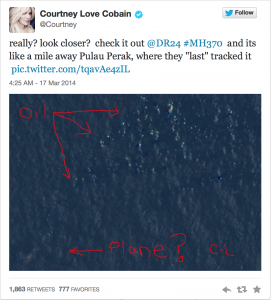By KYLA THORPE
There’s a lot of competition among news sources today. Whether it’s CNN sending your phone live updates or seeing the trending Tweets of the moment, a news source has to be pretty special to keep an audience.
So how would a news company stay alive, financially? When the news was only in print, it was easier for news companies to make money. Either people would buy subscriptions and have the paper delivered to their homes or they’d go to a newsstand and buy it after seeing an enticing headline.
Unfortunately, for the money-making aspect of journalism, many people now don’t have to pay to see breaking-news stories. While this is a good thing for society, to stay informed, this ties into why print journalism is going down. No one really has to pay to read the news anymore.
I am aware, though, that even when print was king, a major chunk of the paper’s income was from selling two-thirds of available space on their pages for advertising. This, I feel will keep content available online for the world to still enjoy.
Every news site today has advertising, even celebrity gossip sites. While readers are constantly jumping to different sources for information, other businesses recognize that even seeing their ad on a news site for five seconds is enough exposure for them.
Fore example, on The News York Times‘ site, AT&T is advertising itself next to the news source’s logo. Even more noticeable, on CNN’s site, the first thing that appears is a video that you then have the choice to skip after five or so seconds.
While many people can be agitated by ads, they really need to understand that advertisement is pretty much the only reason they can read the news sources they adore.
Yes, there are other profits. There are still people and businesses who invest in news companies. Also, The New York Times has a digital subscription available for their international paper for 99 cents. And then there are people who would still prefer to have the paper physically delivered to their homes.
But the winner is still advertising. Readers will most likely look at numerous sites for information, all for free. All online news sources have to do is make sure they have great content. Advertisers will gravitate towards the sources that have higher volumes, therefore taking care of the news company’s profits.
They will keep online journalism alive.

